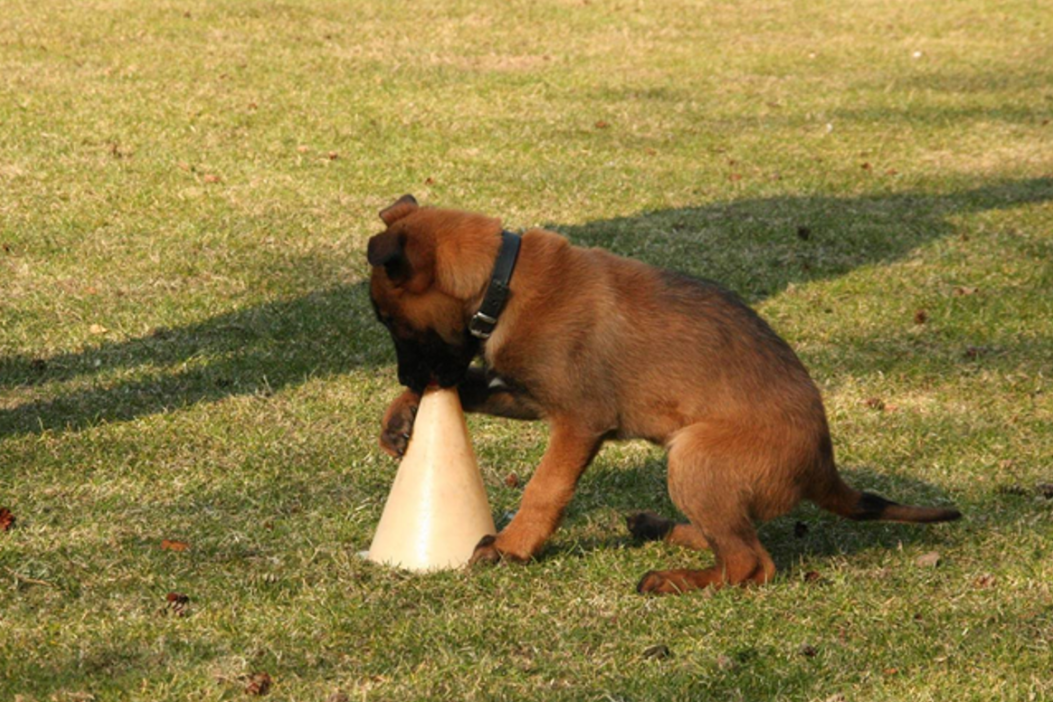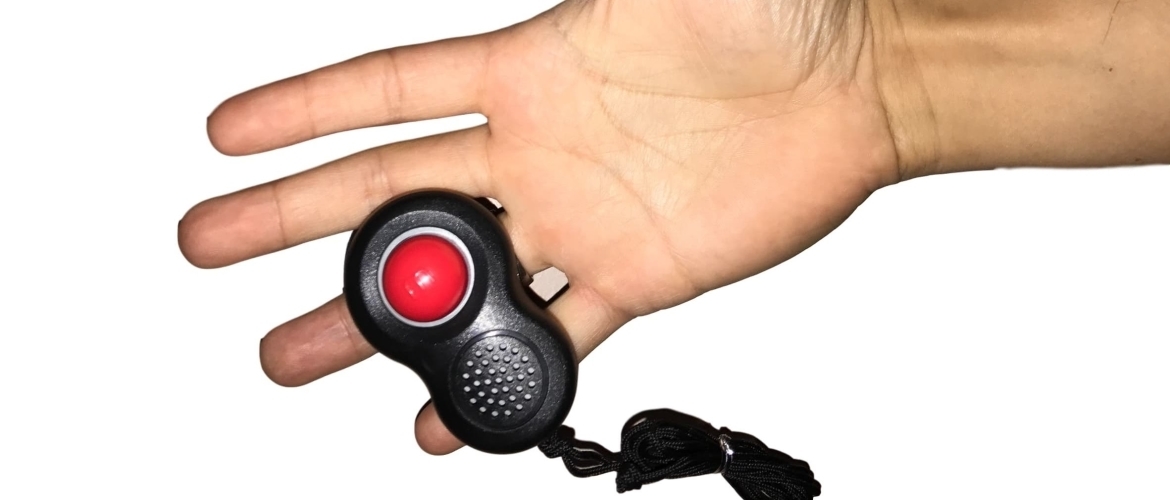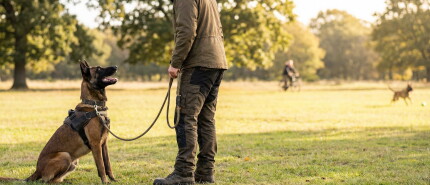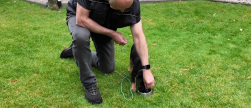I didn’t like the clicker before!
I didn’t like a clicker at all in the old days. But nobody is too old to learn and now I think a bit different. When I train my dogs, I always try to do that in the best possible way. I use all kinds of tools that help me the best during training. Standard things like long and short lines, collars and food. But also other rewards such as a ball, bite-roll or a pointing stick. Nowadays I also use the clicker on a regular basis. Everybody knows the clicker, it’s a small device with which you can easily make a clear sound with your thumb, a “click”. If the dog knows the meaning of the clicker and knows that he will be rewarded afterwards, you can use the clicker during the training. The clicker works perfectly to be able to mark exactly a certain behavior.
From the moment I started to study training with the clicker, I noticed that it can be a fantastic tool. Using the clicker often gives quick results during the learning process. This is because you can mark and reward exactly the right moment with the clicker. This way a dog learns the fastest. Look, concentrate and mark exactly the right moment with a “click” and only then give the reward. Sometimes it is even possible to teach certain tricky exercises with the clicker alone. For example sitting with a pawn, with the nose against the tip of the pawn and with a paw on the pawn. An exercise that is very difficult to learn in a different way.

You can use the clicker in 2 ways
If we want to teach an exercise with the clicker, there are two ways to do this. Completely “freestyle” or by doing this by provoking or steering the first steps of the exercise. Freestyle means that we let the dog figure it out all by himself, where the dog eventually discovers what the intention is. In small steps, with the help of the clicker, the desired behavior is trained. In this case, the dog is constantly trying and finding out what gives him the “click” and reward.
The quickest way to teach a dog something with the clicker is by provoking and/or steering the first steps of certain behavior. Then you use the clicker. We do this for example in detection work. The dog is first provoked to go to a scent source, after which he hears the clicker. After some repetitions, the dog knows approximately what the intention is and only the clicker is used to achieve the desired behavior. Within a number of training sessions you can teach a good indication in this way and quickly expand this to a search session.
Only train with the clicker
Do I always use the clicker? Certainly not. I often train our dogs without this tool because it has no added value at certain training sessions. Sometimes it’s not smart to use the clicker for certain exercises. For example when we teach the exercise “down and stay”. Or when I teach a dog to bark at an object. But if I want to teach a dog to lie down very quickly, the clicker is a very useful tool to achieve that goal.






